In Tolstoy's footsteps: Modern photos of the writer's favorite places
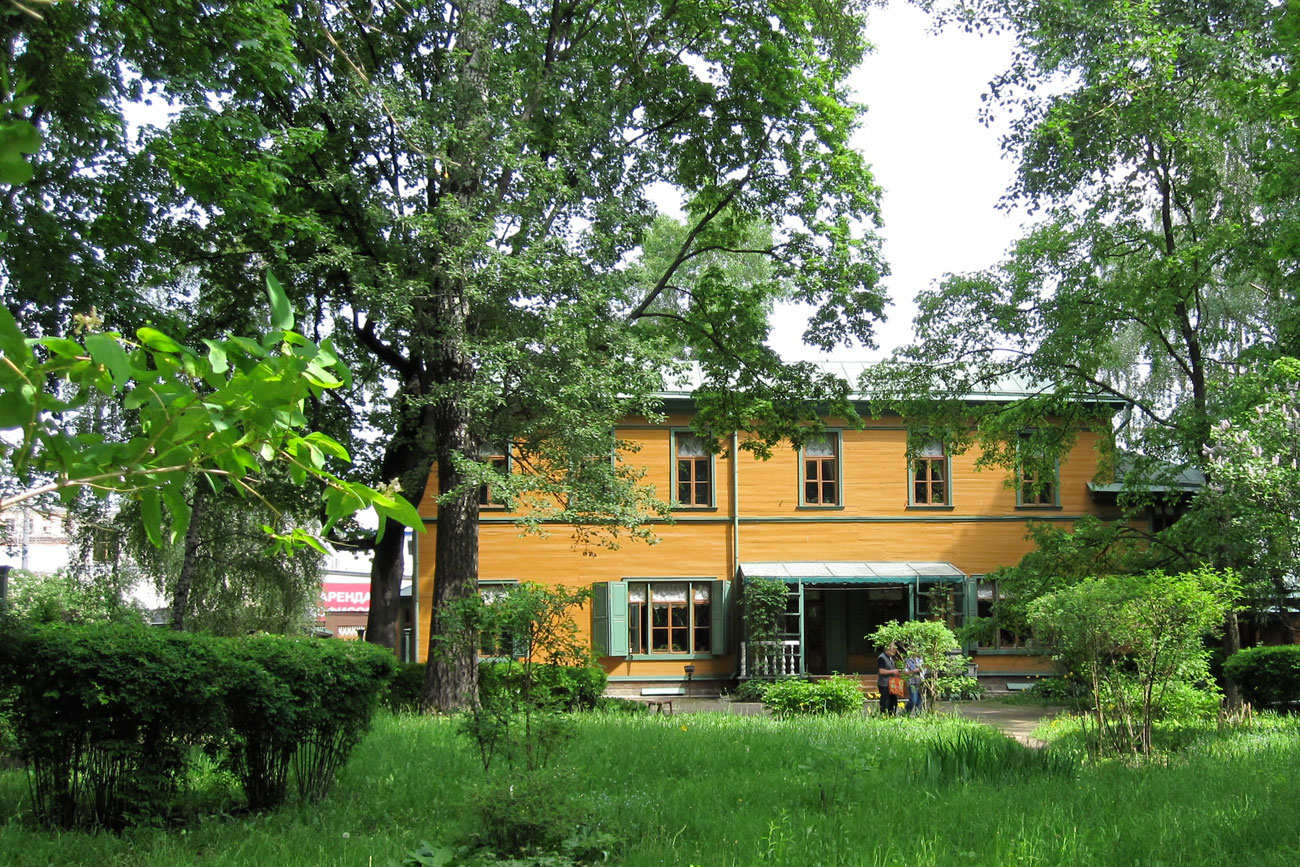
Tolstoy's townhouse in the Khamovniki, or Weavers’ district of Moscow, is a popular visitor attraction.
Phoebe Taplin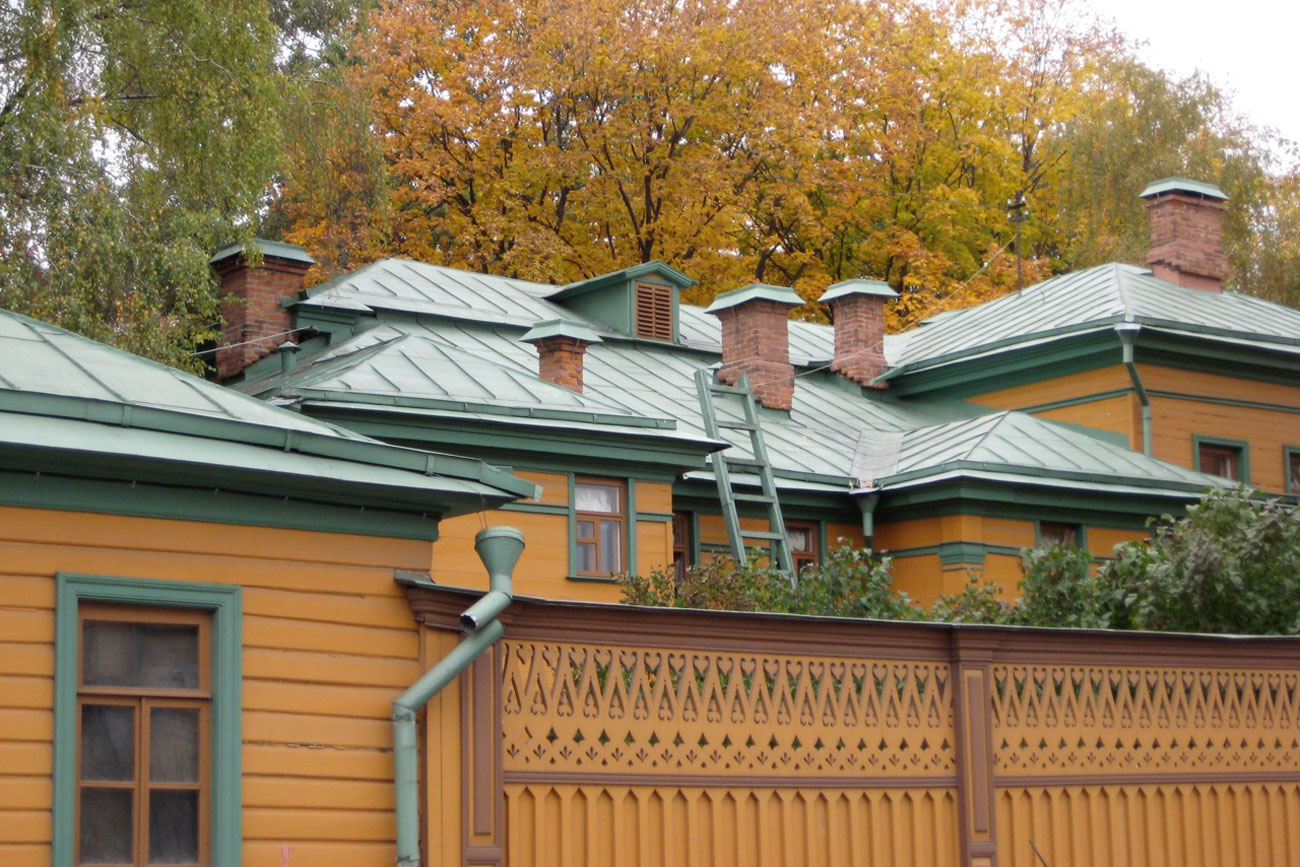
Tolstoy found it difficult to reconcile the urban poverty he witnessed with his family's own luxurious lives. As a result, a lot of the writing he produced in the gloomy upstairs study was political or philosophical.
Phoebe Taplin
A giant statue of the writer sits at the end of the road in Maiden's Field (Devichye Polye) in Moscow. This is where Pierre sees his French captors executing prisoners in "War and Peace."
Phoebe Taplin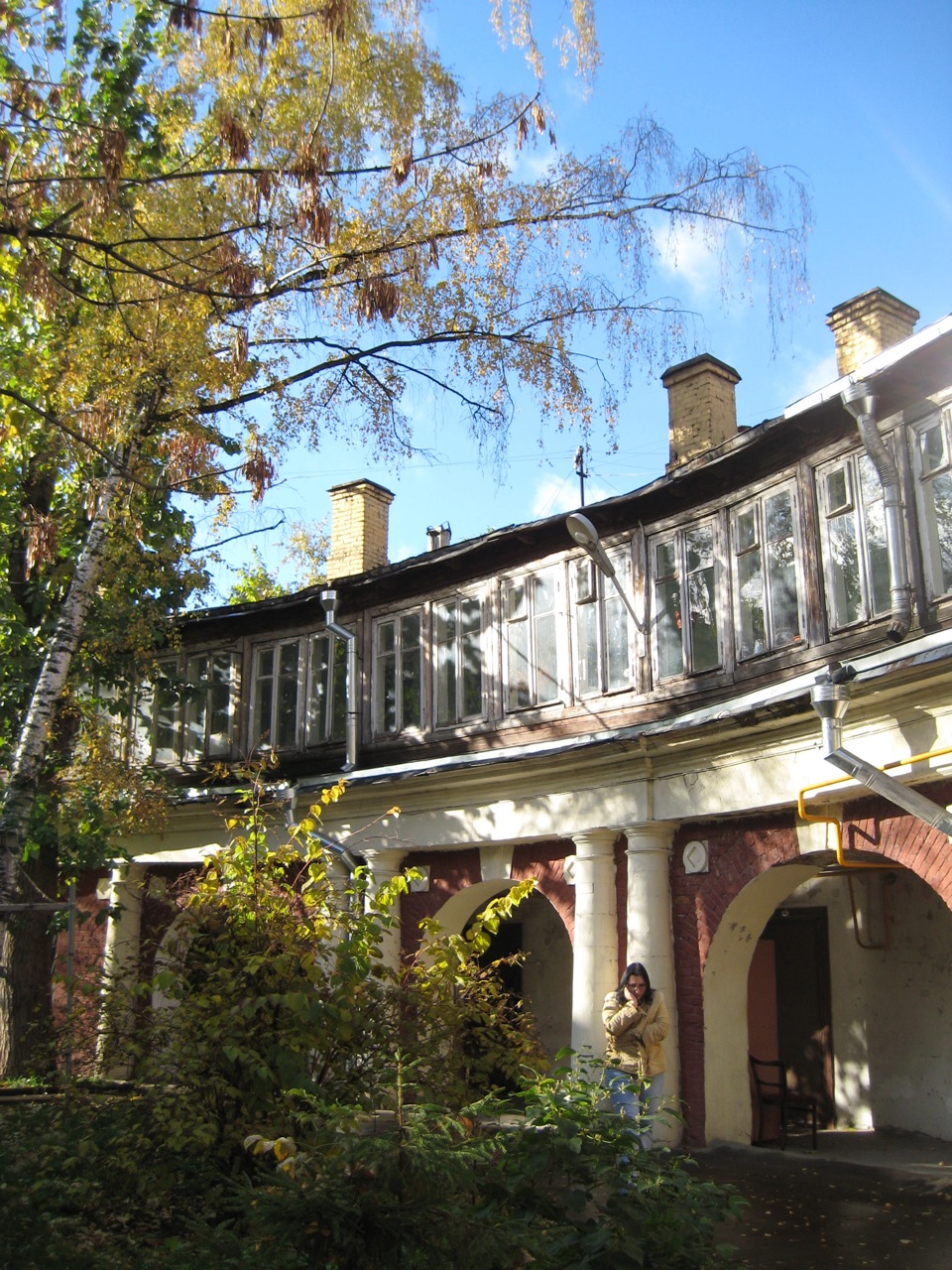
There are lots of other Moscow corners with Tolstoy connections, including this carriage house. This building used to be the school where his children studied.
Phoebe Taplin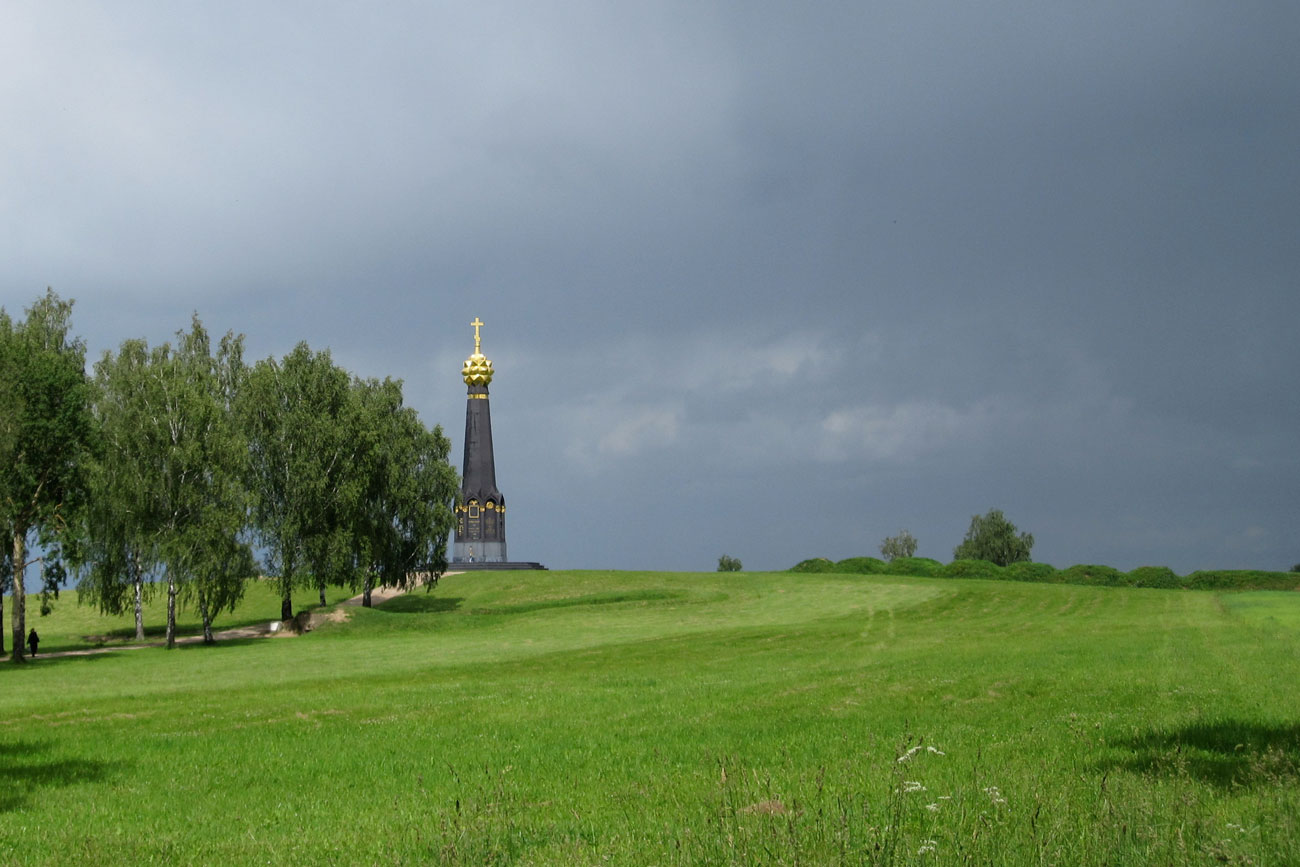
Borodino, where you can still wander across the deserted battlefield, just as Tolstoy did…
Phoebe Taplin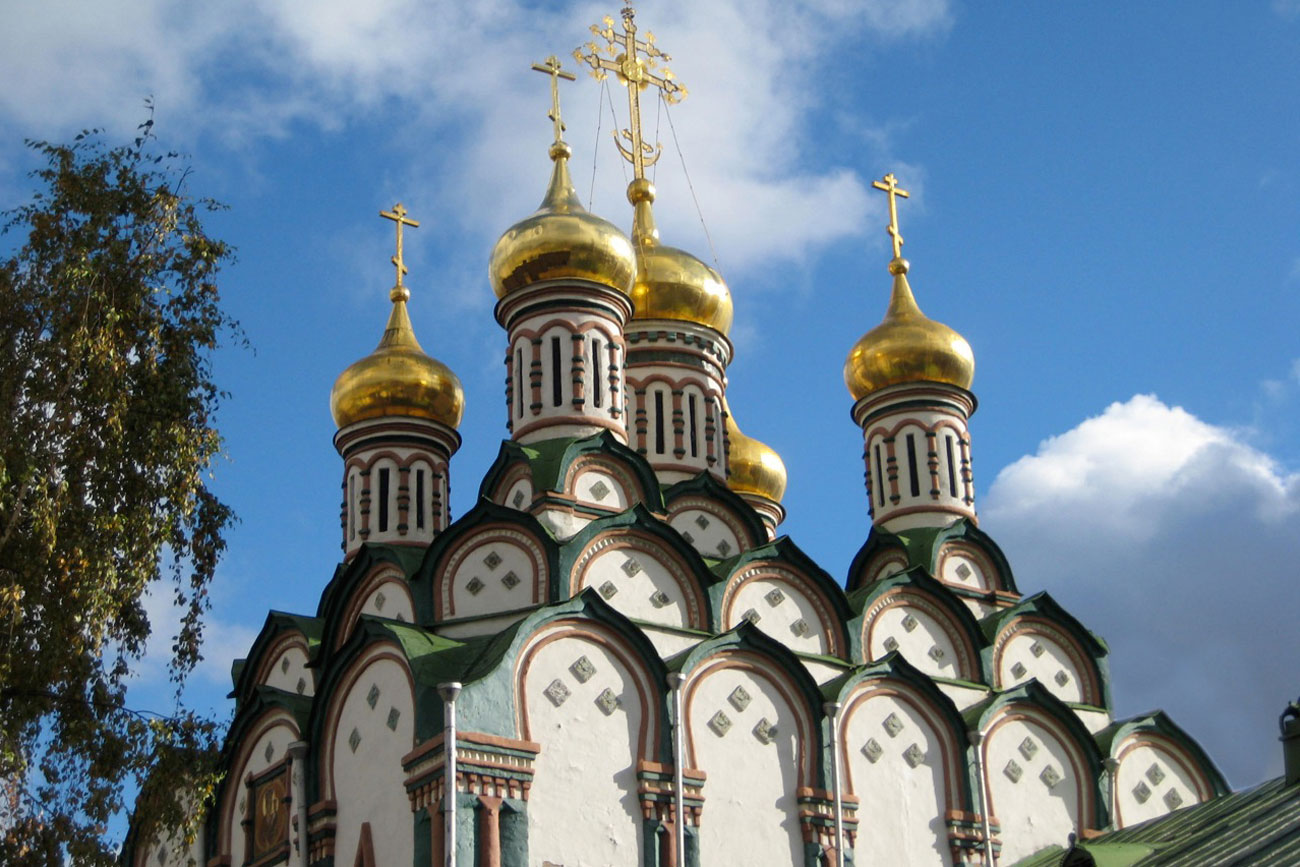
Just down the road is Tolstoy’s local church, the beautiful St. Nicholas of the Weavers, a mid-17th century parish church, painted red, white and green.
Phoebe Taplin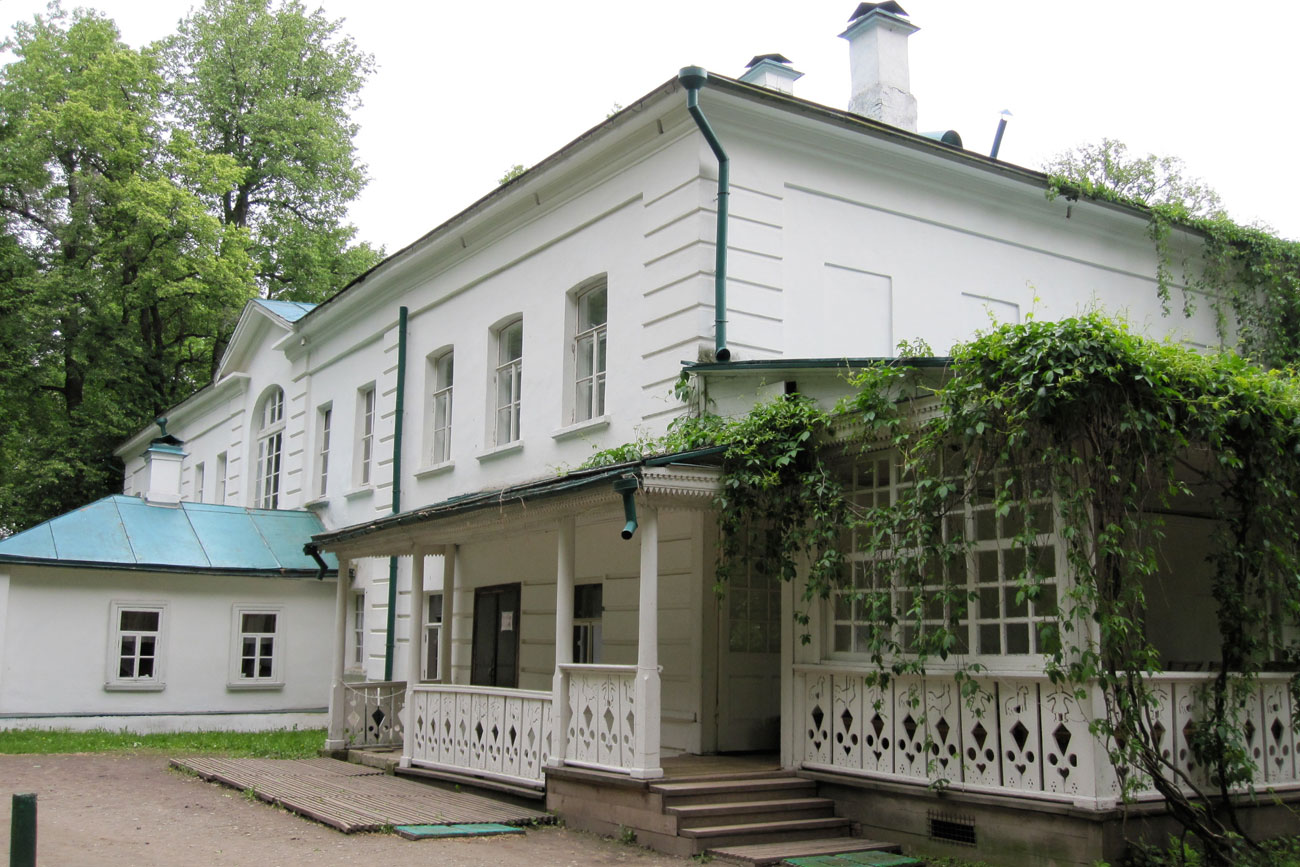
Tolstoy's house in Yasnaya Polyana (125 miles south of Moscow), where the writer was born, lived most of his 82 years, and was buried.
Phoebe Taplin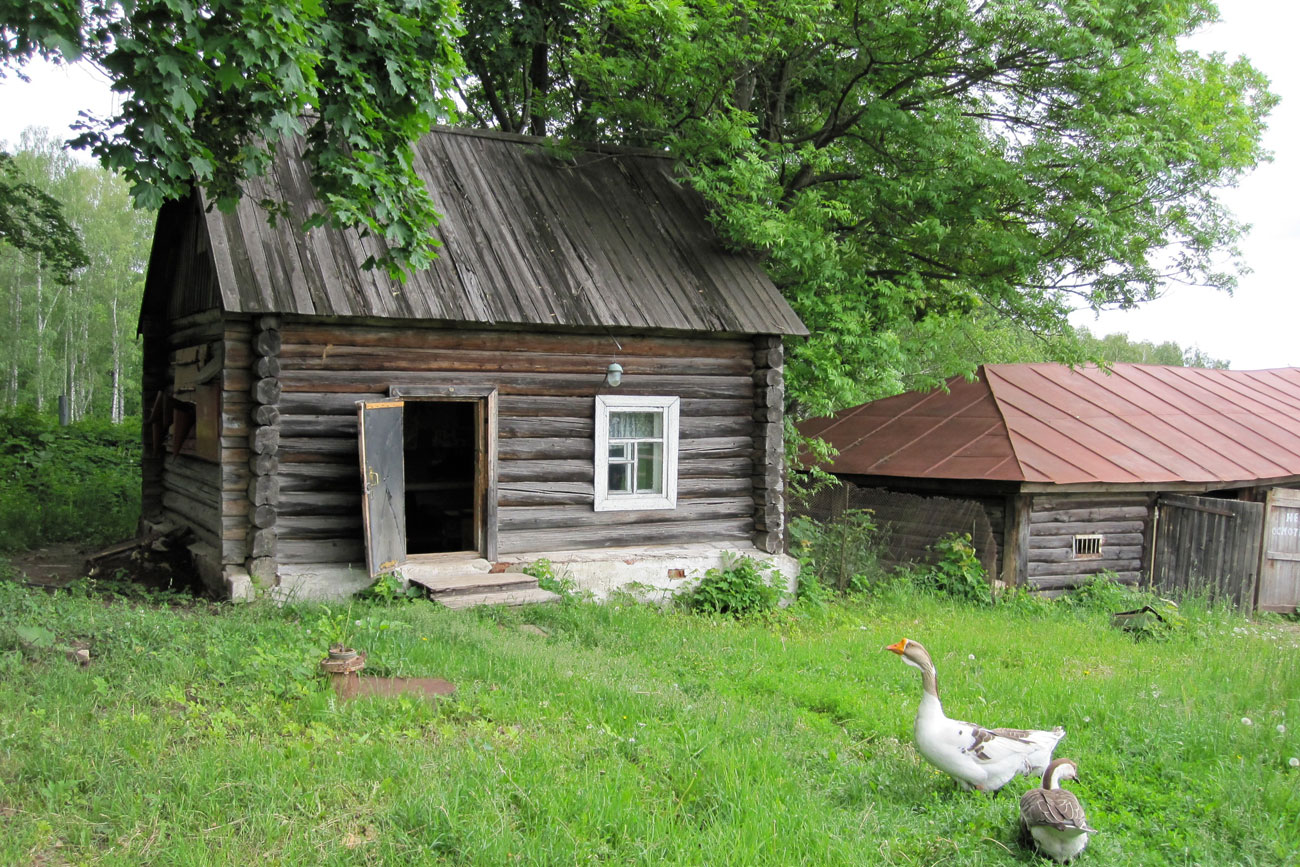
One of the frequently encountered rural scenes at Yasnaya Polyana. The estate-museum is still home to horses and other animals, just like in Tolstoy's times.
Phoebe Taplin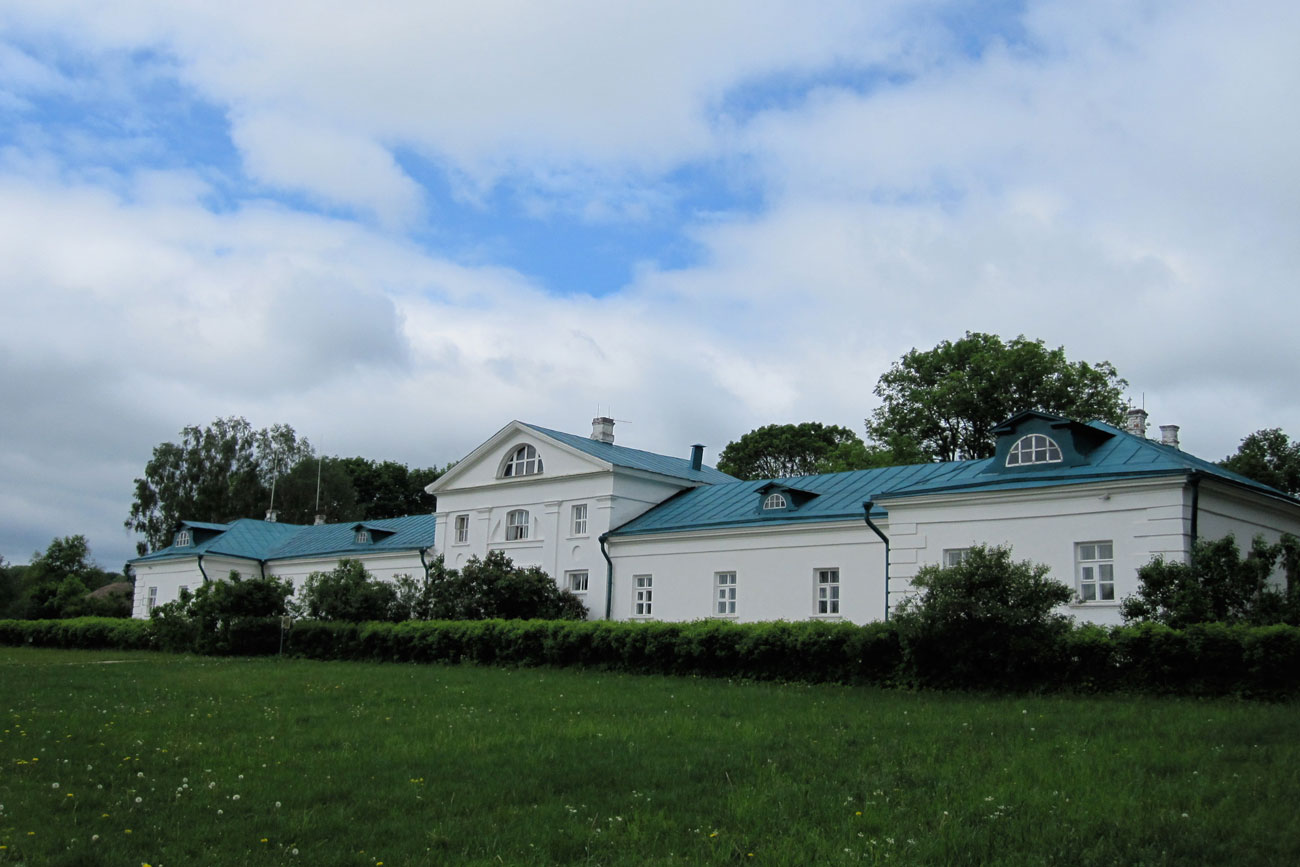
Prince Sergei Volkonsky, Tolstoy’s maternal grandfather, bought the land in 1763 and built this elegant manor at the top of the hill, the oldest building on the estate.
Phoebe Taplin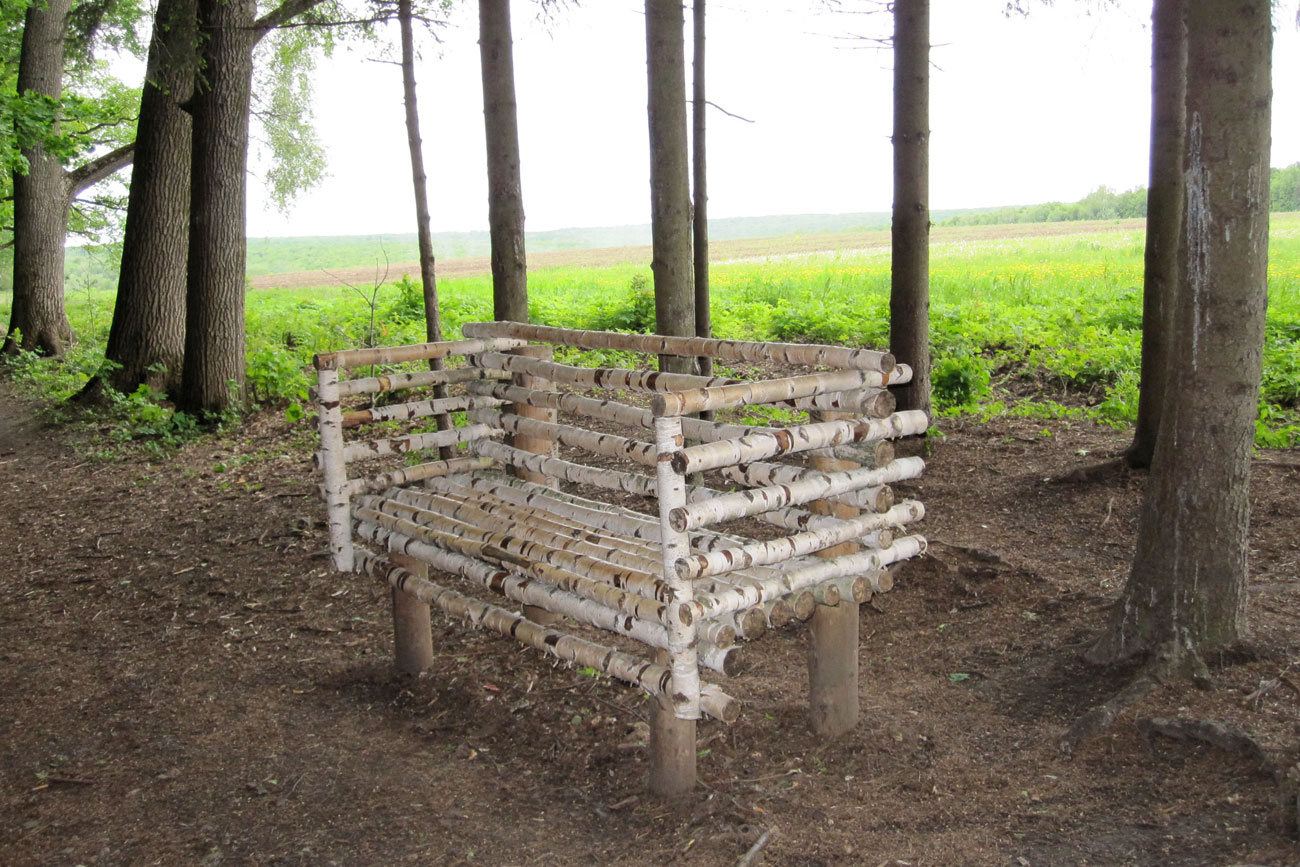
On one side of the estate, by a pine forest, with views across rolling countryside, there is a replica of Tolstoy’s favorite bench made of slender silver birch branches.
Phoebe Taplin
Tolstoy was later buried in a ravine on the estate.
Phoebe TaplinSubscribe
to our newsletter!
Get the week's best stories straight to your inbox